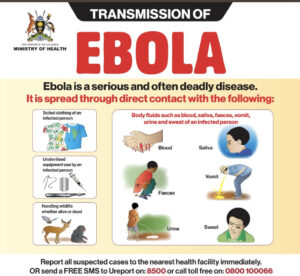Nearly 6 million Americans have a blood clot in their veins (also called venous thrombus, venous thrombosis, or vein thrombosis). When the clot develops in a vein deep within the leg, it is called deep vein thrombosis (DVT). The condition can be life threatening if the clot breaks loose from the vein and travels to the lungs, where it can completely block blood flow.
What causes a venous blood clot?
Blood clots in the veins are usually caused by slowed blood flow to the legs and feet, which can cause the blood to clot. Venous blood clots may also be caused by damage to a vein from an injury or infection. Blood flow may be slowed because of physical inactivity—being confined to a bed or having an inactive lifestyle. Some people have slowed blood flow after sitting for a long time, such as on a long plane ride. This is why the condition is sometimes called “economy-class syndrome.”
Other factors that lead to slowed blood flow in the legs and feet include smoking, heart disease, diabetes, high blood pressure, and certain tumors. The use of certain hormones, particularly estrogen, and pregnancy have been shown to increase the risk for blood clots in the legs. Genetic disorders may also increase a person’s risk.
What are the symptoms of venous blood clots?
Blood clots that happen in the veins close to the surface of your skin may cause mild swelling, tenderness, and redness. Symptoms of deep venous clots may include
- Swelling of your ankles or calves.
- Tenderness, swelling, redness, and warmth around the affected area.
- Pain when your foot is raised upward.
How are venous blood clots diagnosed?
Doctors can usually tell if you have a venous blood clot by pressing on a part of your leg. If needed, the veins can be viewed by using ultrasound, which uses sound waves to create an image of the vein on a screen. Clots above the knee may be identified by using a blood pressure cuff around your leg to measure blood flow (plethysmography). Deep venous blood clots in areas other than the leg may be impossible to detect by these methods. Diagnosis may require special techniques such as blood-clotting tests, x-rays of the veins, magnetic resonance imaging (MRI) and computed tomography (CT) scanning.
How are venous blood clots treated?
Treatment depends on the cause of the blood clot. In most cases, a blood-thinning or anticoagulant medicine will be given. You will need to stay in bed and keep your legs raised for 3 to 5 days. Moist heat and medicines can ease the swelling and pain.
For those who have had a clot in the lungs or those who cannot take anticoagulants, a catheterization procedure may be needed to insert a filter in a vessel to prevent clots from reaching the lungs.
How Travelers Can Avoid Deep Vein Thrombosis (DVT)
Travelers sitting for long periods on airplanes or in cars have an increased risk of developing deep vein thrombosis, or DVT.
People with DVT have a blood clot in a vein deep within their leg. The clot is usually caused by slowed blood flow to the legs and feet, so sitting for long periods can increase the risk of DVT.
The easiest way to prevent DVT is to keep moving. If you are taking a long road trip, stop the car every 2 to 3 hours and get out and walk around, or try flexing your ankles and your leg and hip muscles while you are seated.
Dehydration can thicken your blood and increase the risk of clots. Drink lots of water while you are traveling and avoid caffeine and alcohol which cause dehydration. During a layover or when you reach your destination, walk quickly to restore circulation in your legs.
By following these simple tips, you can lower your risk of DVT.


